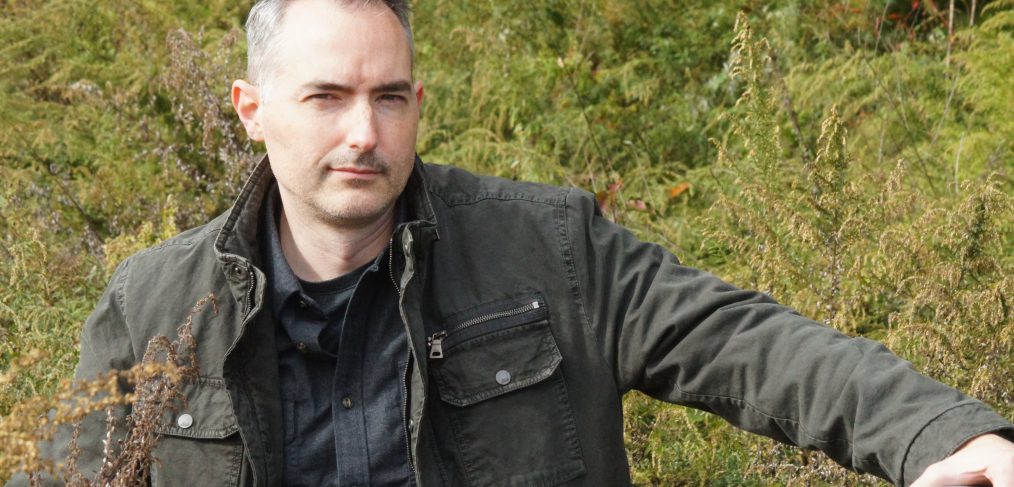So yesterday, Donald Trump used the word “lynching” to describe the completely legal procedure of impeachment that is now taking place in the House of Representatives. As is the norm with Trump, the use of hyperbole has been a constant since he announced his run for the White House. Everything is at the extreme when it comes to his word choices (that is, those words that aren’t some bizarre aberration of English like “hamberder” and “covefe”) Hyperbole, in Trump’s case, has largely been attributed to his personality. As a real estate “developer,” he was known for using extreme verbiage to describe his projects and ventures and ratings and pretty much every aspect of his life, usually without having anything near factual to back it up.
But is the use of hyperbole simply the mechanics of a narcissist? Or is there something more to the habit than is recognizable through a superficial examination only?
Hyperbole as defined is a statement that uses extreme exaggeration to make a point or show emphasis. Claims like “I only hire the best and the brightest,” “I’m a very stable genius,” and negative statements about his foes along the lines of “everything is a disaster,” or “shithole countries,” or “crime-infested cities,” are just a few of the many times that Trump uses this tactic. The frequent use of hyperbole is an interesting way to phrase things because it projects certain assumptions on the part of the target audience. “I’m a very stable genius,” for example, presupposes that anyone else – or in this case a political opponent – is not that smart at all. A “crime-infested city” represented by a Democrat presupposes that a city represented by a Republican is the opposite. In other words, even when the fact do not support the hyperbole, the presupposition of the comment sneaks into the subconscious minds of those who are susceptible to it in the first place, and acts as a reinforcement for exactly what Trump wants to instill there.
Worse, there is yet another aspect to hyperbole that makes it even more nefarious: when everything is hyperbole, nothing is. In other words, when Trump chooses to use the word “lynching” to describe the impeachment process – that is, taking an extremely horrific act and placing it on the same level as a legal proceeding – he is effectively reducing the criminality of his actions in the minds of his supporters. How? By equating impeachment with lynching, Trump pairs an extreme with a non-extreme, to the point that everything becomes an extreme, which then nullifies that extremity itself. When everything is awful or terrible or horrific then everything becomes that. So obstruction of justice becomes collusion become quid-pro-quo becomes witch hunt becomes treason becomes whistle blower becomes porn star payoffs becomes…
When everything is on the same level, there is no longer anything egregious; there is no longer any sort of extreme. In the minds of those this tactic works on, there’s no breaking point, no red line that shouldn’t be crossed. If all of his crimes aren’t even seen as crimes but as simply acts of a president, then where is the criminality? Where is the outrage? There is none because Trump has effectively leveled all of his criminal acts such that no ONE act stands out as particularly awful. No ONE act stands out as the straw that breaks the proverbial camel’s back. He has effectively reduced his crimes to the point that everything looks like “just another part of this witch hunt.” And his supporters will insist he did nothing wrong, that this is all a scheme cooked up by the Deep State or the Democrats or the Clintons.
Trump uses hyperbole often in grandiose terms, but his overall strategy may be far more insidious than simple narcissistic projection. He is effectively reducing the impact of each and every new revelation that comes out about his criminality to the point that, in the minds of his supporters, those acts simply no longer register. And if they do, they aren’t worth prosecuting because no ONE act is worse than the other. The appearance is that they are all the acts of a president engaged in the business of the Oval Office while being pursued by Democrats who haven’t gotten over the fact that Hillary lost in 2016.
So as egregious and nauseating as Trump’s use of “lynching” was yesterday, the act wasn’t merely that of a deranged narcissist playing the victim card; there is more to what he does than meets the eye. Watch when he uses hyperbole in the future as a way of framing things, because there’s usually a point to it. Even if it’s not immediately identifiable.




